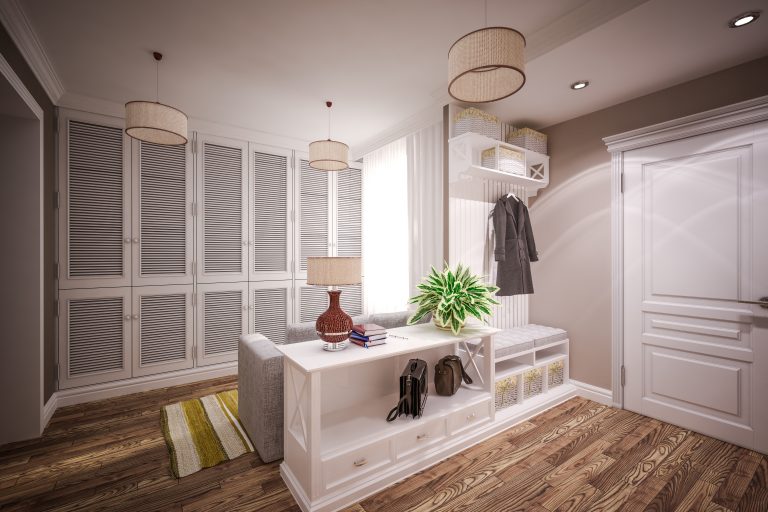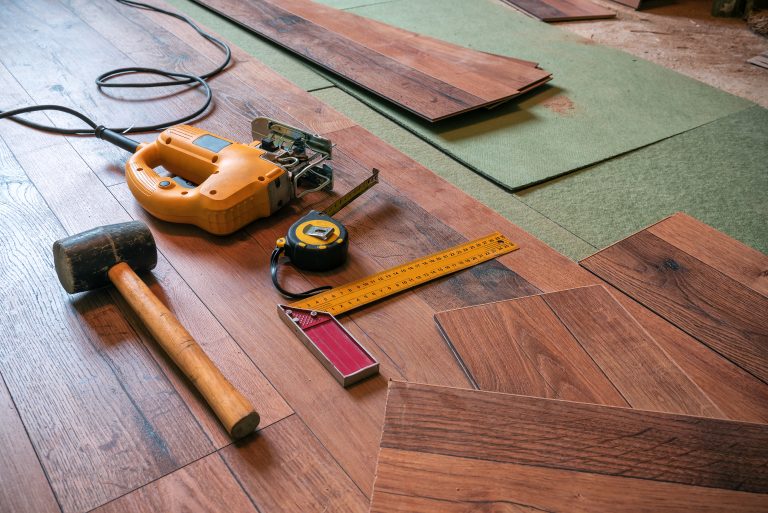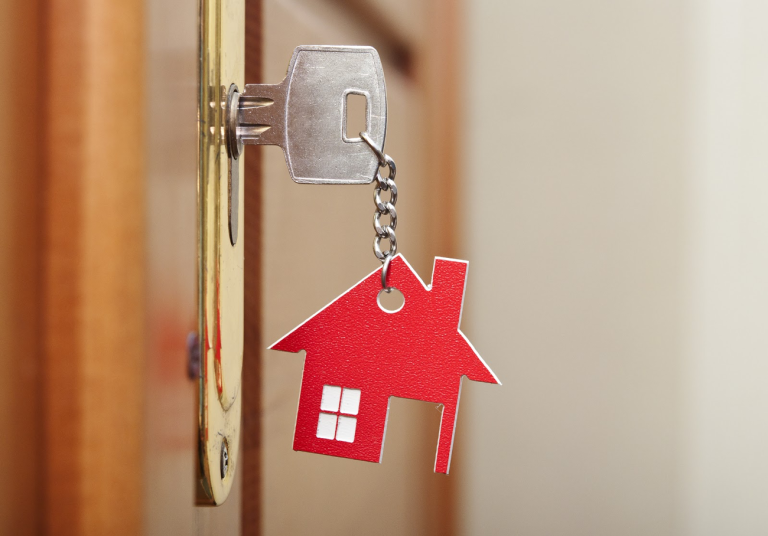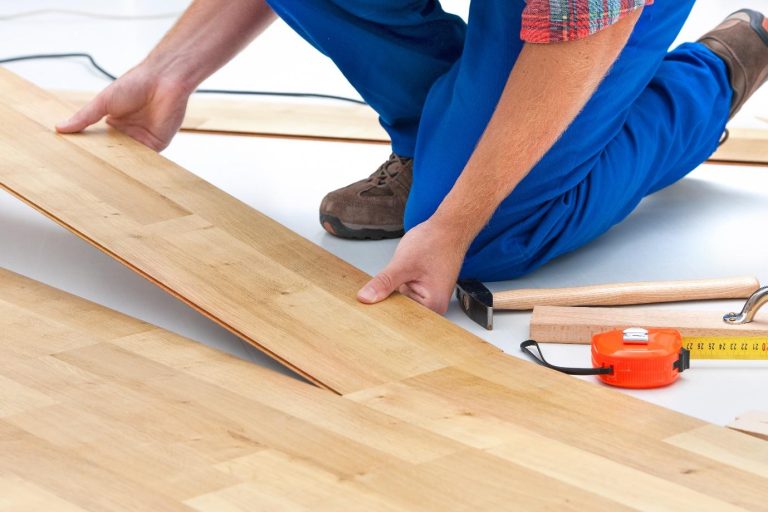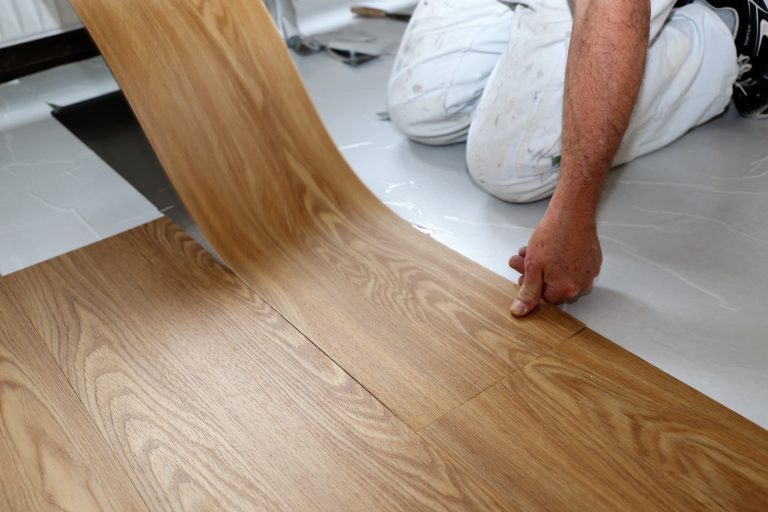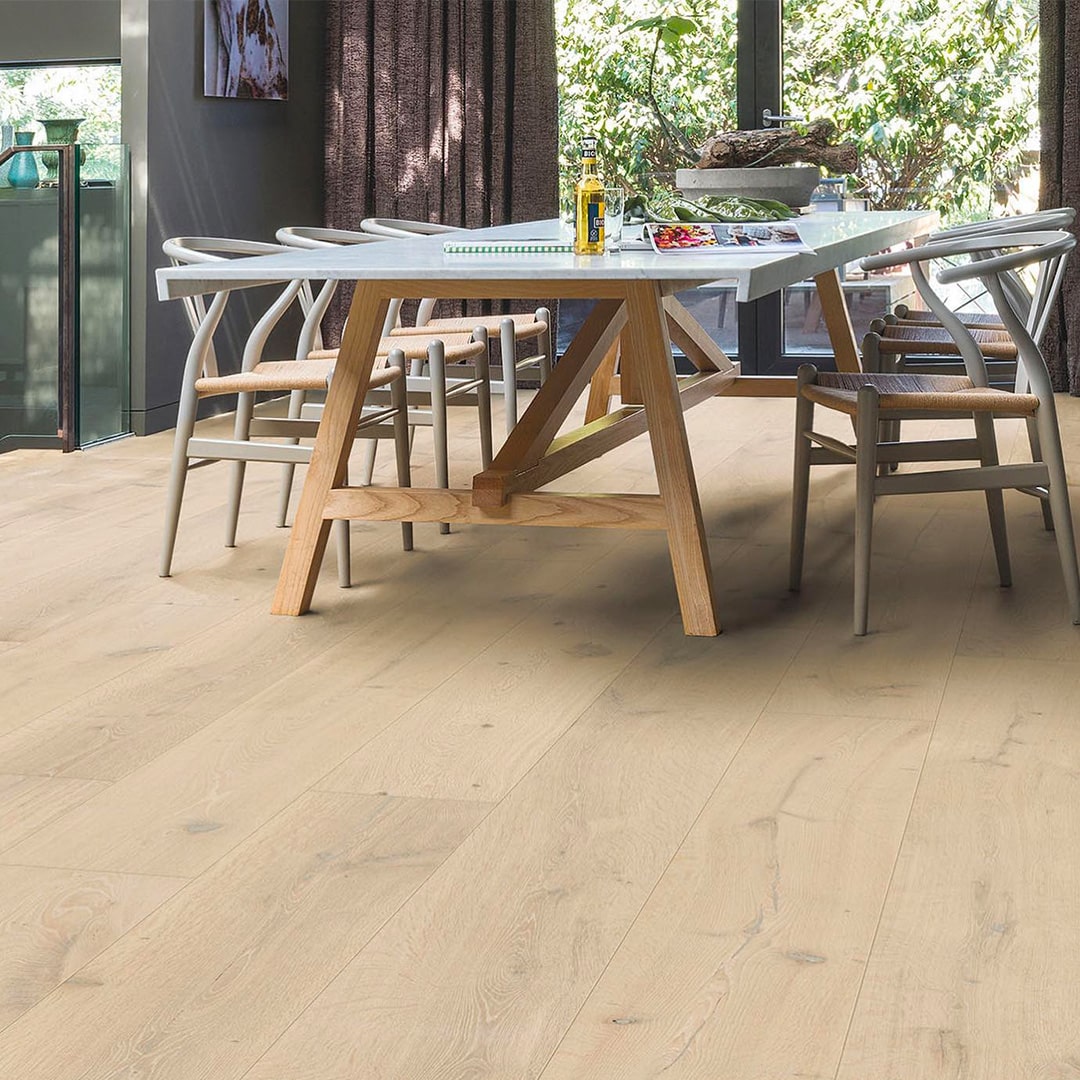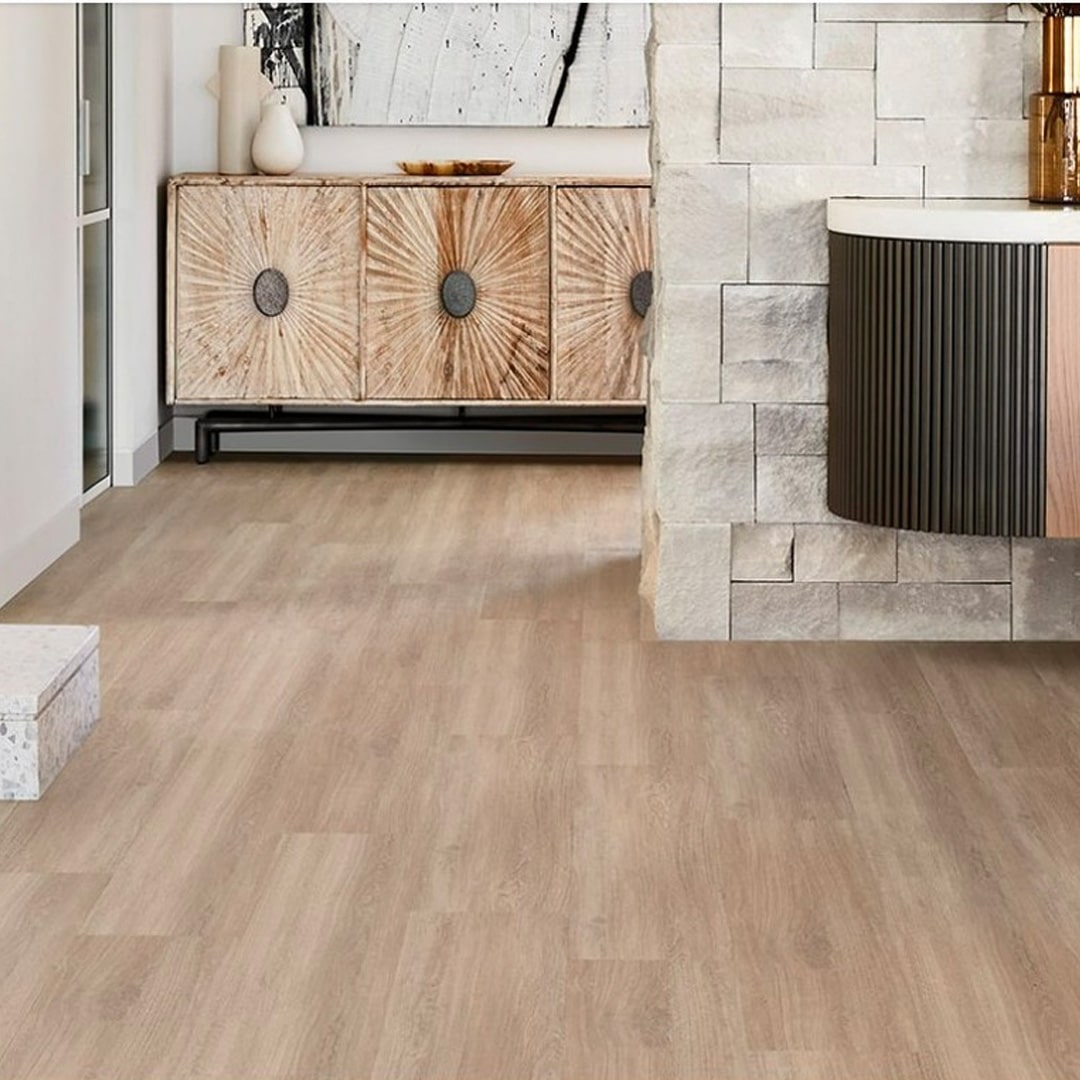Hardwood vs. Laminate Flooring: Which is Right for You?
Choosing the right flooring can have a significant impact on your home’s style, comfort, and value. When it comes to hardwood and laminate flooring, each option offers distinct advantages, but how do you know which is the best fit for your lifestyle and budget? In this guide, we’ll explore the key differences between hardwood and laminate flooring options to help you make an informed decision.
Why Flooring Choice Matters
Flooring is a long-term investment that affects your home’s aesthetics, functionality, and maintenance requirements. Both hardwood and laminate flooring are popular choices, but understanding their characteristics will help you select the right option based on durability, cost, and appearance.
What is Hardwood Flooring?
Authentic, Timeless Beauty
Solid timber flooring is made from natural wood, typically from species like oak, maple, or walnut. Each plank is a solid piece of wood, which is why hardwood floors offer a rich, authentic look and feel. With proper care, hardwood flooring can last for decades, gaining character and depth over time.
Pros of Hardwood Flooring:
- Durability: Hardwood is incredibly durable, especially if maintained properly. It can be sanded and refinished multiple times, extending its lifespan.
- Aesthetic Appeal: It offers a warm, natural look that many homeowners find attractive. Its timeless appeal can increase your home’s value.
- Eco-Friendly: Hardwood is a sustainable choice when sourced from responsibly managed forests.
Cons of Hardwood Flooring:
- Cost: Hardwood is one of the more expensive flooring options, both in material and installation.
- Sensitivity to Moisture: It’s susceptible to warping and damage in areas with high humidity or water exposure.
- Maintenance: Requires regular care, including refinishing every few years depending on wear.
What is Laminate Flooring?
Cost-Effective and Low Maintenance
Laminate flooring is a multi-layer synthetic product designed to imitate the look of hardwood at a fraction of the cost. The surface layer is a photographic image of wood, protected by a clear, durable wear layer. Beneath this is a core made from high-density fiberboard (HDF), giving laminate its strength.
Pros of Laminate Flooring:
- Affordability: Laminate is significantly less expensive than hardwood, both in terms of material and installation.
- Durability: Its scratch-resistant wear layer makes it suitable for high-traffic areas and homes with pets or children.
- Ease of Installation: Laminate flooring is often installed as a floating floor, which can be a DIY project, saving on labor costs.
Cons of Laminate Flooring:
- Cannot Be Refinished: Once damaged, laminate cannot be sanded or refinished like hardwood.
- Limited Lifespan: While durable, laminate doesn’t last as long as hardwood. Over time, it may show signs of wear that can’t be easily repaired.
- Moisture Sensitivity: Laminate can be prone to swelling if exposed to moisture for extended periods.
Durability Comparison
Which Holds Up Better in High-Traffic Areas?
When it comes to durability, both hardwood and laminate offer advantages. Hardwood is known for its longevity. It can withstand daily wear, especially with protective finishes, but it is more vulnerable to scratches and dents from pets or heavy furniture.
On the other hand, laminate flooring is engineered for toughness. Its wear layer is highly resistant to scratches and stains, making it ideal for households with children or pets. However, if damaged, it cannot be refinished like hardwood, meaning you may need to replace sections or the entire floor.
Cost Comparison
Budget Considerations for Flooring
Cost is a significant factor for many homeowners, and it’s one of the key areas where laminate flooring has the advantage. On average, laminate costs significantly less than hardwood, both for materials and installation. For those on a tighter budget, laminate is a more affordable option that can still provide the look of wood.
Hardwood flooring, by comparison, is a higher upfront investment but offers long-term value. Its durability and ability to be refinished can extend its lifespan, making it a worthwhile choice if you’re willing to pay more upfront for a product that lasts.
Maintenance Requirements
Keeping Your Floors Looking New
Both hardwood and laminate require maintenance, but the level of effort varies. Hardwood floors need to be swept and cleaned regularly to prevent scratches, and they may require refinishing every 5–10 years depending on wear. Spills need to be cleaned immediately to avoid moisture damage.
Laminate flooring is much easier to care for. A regular sweep or vacuum and occasional mopping with a laminate-friendly cleaner are typically all that’s needed to keep it looking good. However, standing water or high humidity can cause swelling, so spills should also be cleaned promptly.
Appearance and Style
Aesthetic Differences Between Hardwood and Laminate
Both hardwood and laminate come in a wide range of styles, but hardwood offers unique, natural grains and textures that can’t be perfectly replicated. Each plank has its own character, adding a luxurious, timeless feel to your home.
Laminate, on the other hand, can convincingly mimic the look of hardwood but lacks the authenticity of real wood. Advances in technology have improved its appearance, with some laminate products now closely resembling natural wood grain, but it’s still an imitation.
Sustainability and Eco-Friendliness
Which Flooring is More Eco-Friendly?
When it comes to sustainability, hardwood can be a great choice if sourced from responsibly managed forests. Hardwood is a natural and renewable material, and its long lifespan contributes to its eco-friendly nature. Look for FSC-certified (Forest Stewardship Council) hardwood to ensure sustainable harvesting practices.
Laminate flooring, while synthetic, is often made from high-density fiberboard that incorporates wood byproducts. However, it typically contains chemicals like formaldehyde, so it’s important to select laminate with low VOC (volatile organic compound) emissions for a more eco-conscious choice.
Hardwood or Laminate – Which is Best for Your Home?
Deciding between hardwood and laminate flooring ultimately comes down to your priorities. If you’re seeking a long-term investment with authentic, natural beauty and are willing to spend more, solid timber flooring is the way to go. It adds value to your home and can be refinished over time.
For those on a budget or with high-traffic areas, laminate offers a cost-effective, low-maintenance option that still provides the look of wood. While it may not last as long as hardwood, it’s durable enough to withstand the rigors of busy households.


